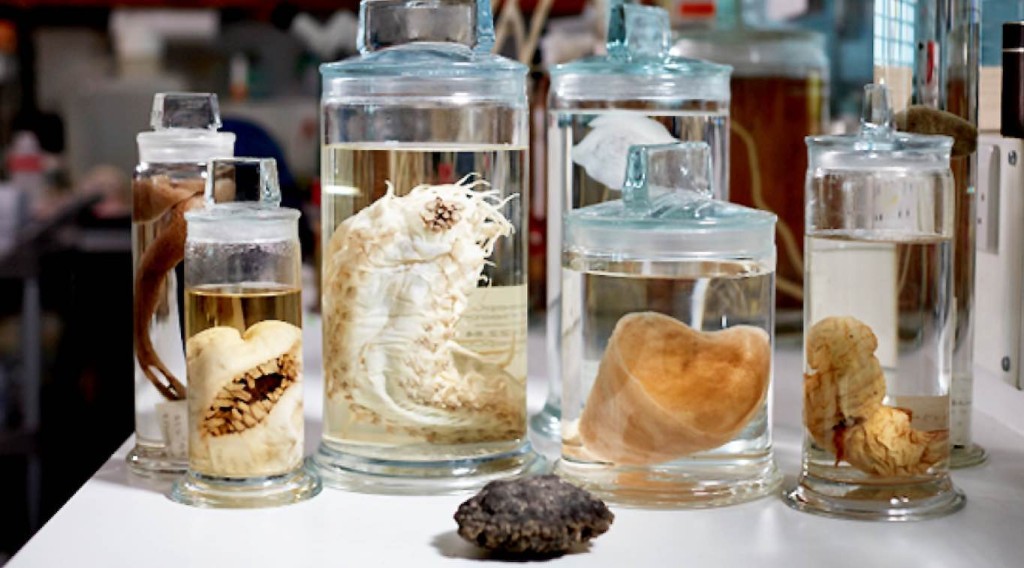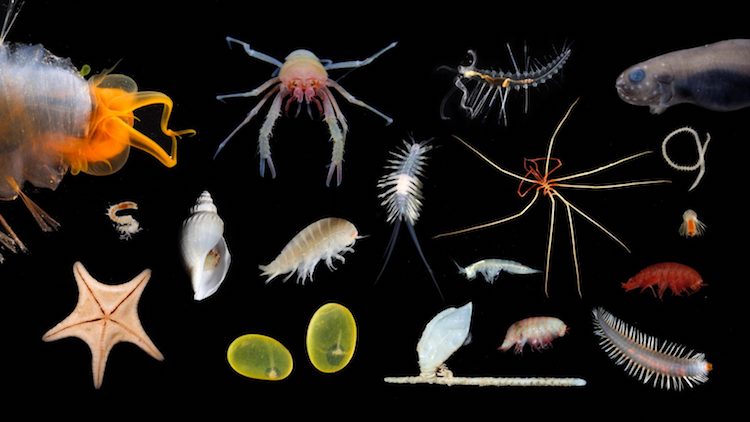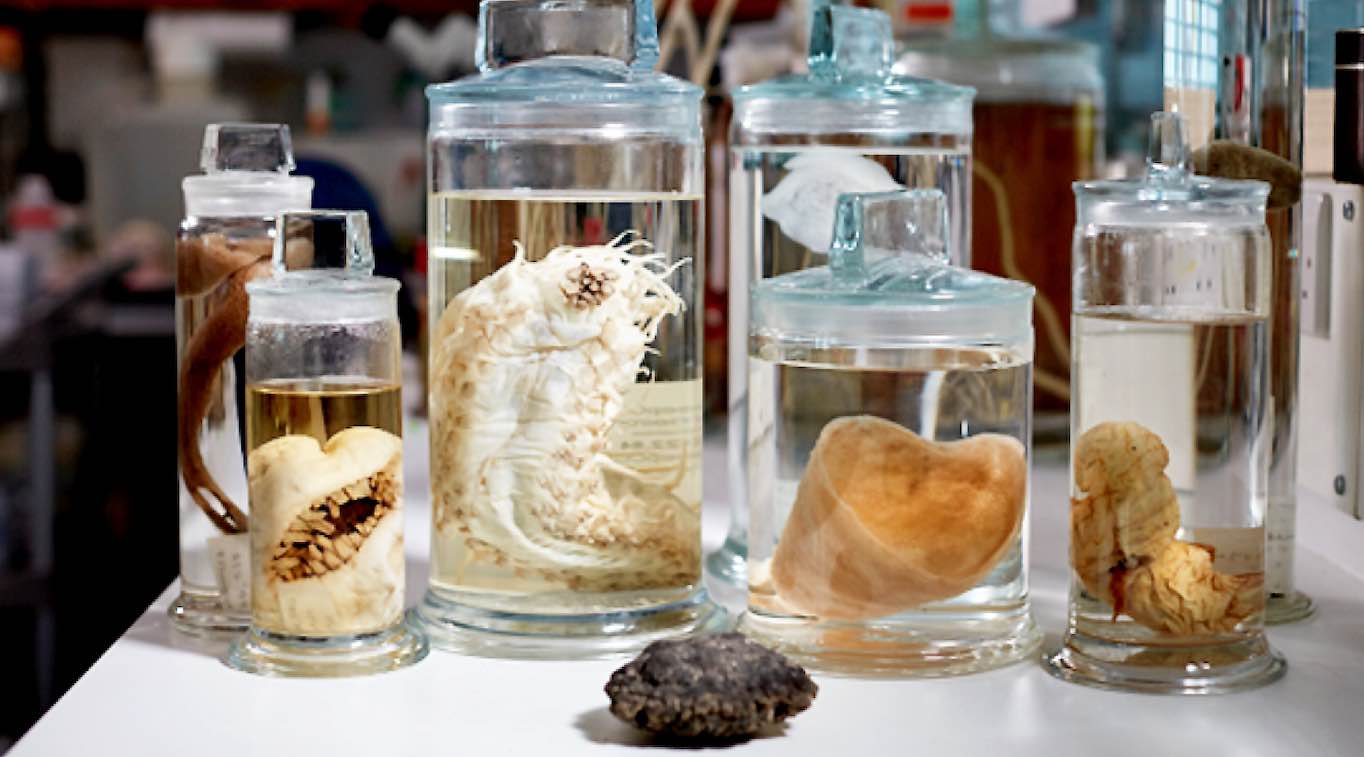
More than 5,000 new marine species have been discovered by an English expedition in the Pacific.
They include strange shellfish, carnivorous sponges, sea cucumbers, worms, and urchin-like spiny invertebrates.
The research published in the journal Current Biology supports the notion that we know more about space than we know about the deep ocean.
They were found in the Clarion-Clipperton Zone (CCZ)—a region covering nearly four million square miles between Mexico and Hawaii.
“There’s some just remarkable species down there,” said team member Muriel Rabone, a deep-sea ecologist at London’s Natural History Museum.
“Some of the sponges look like classic bath sponges, and some look like vases. They are just beautiful.
AMAZING: Kayaker Singing in Hopes of Attracting Beluga Whales Never Imagined They Were Actually Listening
“One of my favorites is the glass sponges. They have these little spines, and under the microscope, they look like tiny chandeliers or little sculptures.”
The CCZ is almost as big as Australia – and one of the most pristine wildernesses on Earth. It has been divided up for future deep-sea mining, so biologists are compiling the first ‘CCZ checklist’ to shed light on what might be at risk if companies start drilling.
It includes a total of 5,578 different species found in the region—up to 92 percent of which are entirely new to science.
They were collected during cruises by the Royal Research Ship, James Cook. Remote-controlled robots traversed the ocean floor, picking up samples and placing them in a simple box.
WATCH: Baby Octopus is Quick to Thank Human Rescuer Before it Swims Back to Sea
“In every single box core sample, we would see new species,” said Ms. Rabone, who co-ordinated the data.
Only six of the creatures described in over 100,000 records have been seen in other areas of the planet—suggesting the CCZ hosts a unique ecosystem.

Therefore, it is vital to learn more about the newly-discovered species, and how they are connected to the environment around them, they said. Additionally, they urge researchers to delve into the bio-geography of the region to better understand, for example, why certain species cluster in particular geological regions.
CHECK OUT: Goldie the Pufferfish Went to the Dentist for Work – Now Look at Her Smile
“There are so many wonderful species in the CCZ, and with the possibility of mining looming, it’s doubly important that we know more about these really understudied habitats.”
SHARE the Fish Tale With Science Lovers on Social Media…




















